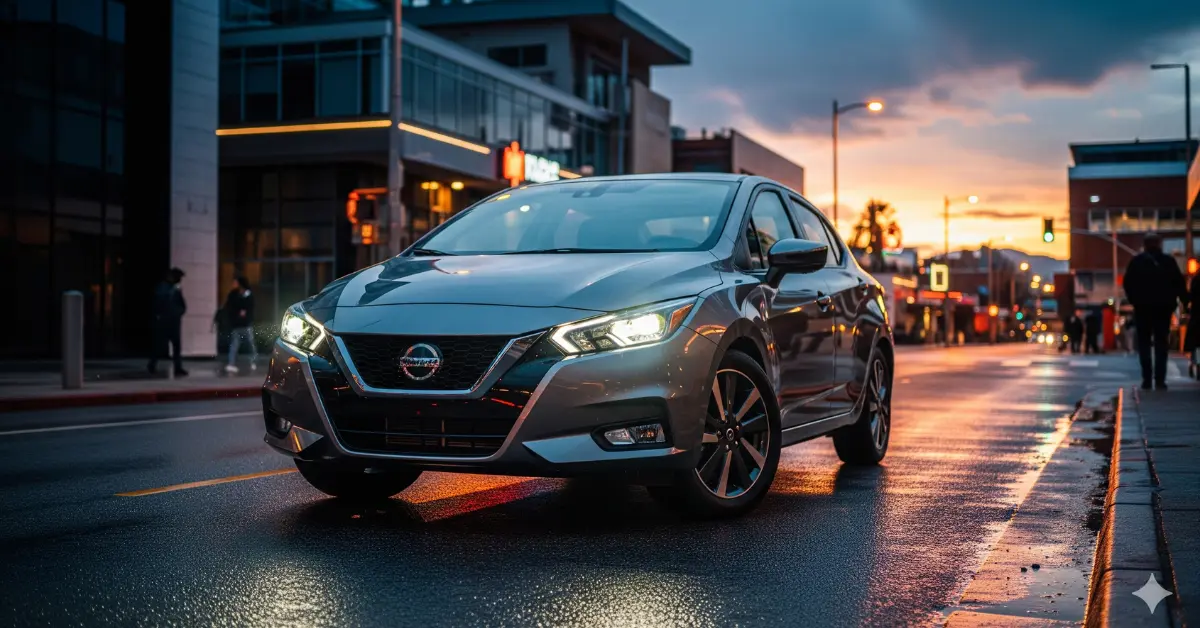Why the 2025 Nissan Versa Is Now America’s Cheapest New Car
In an automotive market where new-car prices are surging, the 2025 Nissan Versa has carved out a unique status: it’s now America’s least expensive new vehicle available. But the shift to that spot didn’t come without trade-offs and industry pressures. Here’s a full look at how and why this subcompact sedan has come to represent the bottom end of U.S. new car pricing — and what it means for consumers.
What changed: Price, trim, and transmission
- The base 2025 Nissan Versa S used to be offered with a five-speed manual transmission and carried a price tag around US$18,330 (including destination).
- In 2025, Nissan discontinued the manual version of the Versa. Now, the base model comes only with the CVT (continuously variable transmission), which pushes the starting price above the US$20,000 mark.
- Despite that, even with the increase, no other new car under US market offerings currently undercuts the Versa on price. It remains the “cheapest new car” by MSRP among new-vehicle sedans.
Why Nissan made the change
Several interrelated causes led to this repositioning:
- Tariffs and production cost pressures
- The Versa is manufactured in Mexico, and recent U.S. tariffs on imported vehicles & auto parts have increased cost burdens for Nissan.
- To preserve margins and avoid losses, Nissan had to reduce low-volume, low-profit configurations (like the manual base trim).
- Low demand for manual transmission
- Manual versions of the Versa represented less than ~5% of its total U.S. sales in 2024 — about 2,000 units.
- With such small volume, the cost of maintaining production (tooling, derivative parts, inventory, etc.) becomes harder to justify.
- Automaker strategy shifts & market trends
- Many manufacturers are moving away from subcompact sedans because SUVs and larger vehicles tend to produce higher margins. The demand for base, low-cost sedans has declined.
- Also, simplifying trim lines (fewer variations) helps reduce complexity in manufacturing and supply chain.
What consumers get & lose
Gains / positives:
- You still get a new car with modern safety features and fuel efficiency in the subcompact segment. For buyers on tighter budgets, Versa offers something real.
- The Versa still has good gas mileage, which helps off-set rising fuel costs.
- By dropping low-demand options, Nissan may be able to maintain better service, parts availability, and focus on trims that matter to more buyers.
Losses / trade-offs:
- The removal of the manual transmission means enthusiasts or those who prefer stick shifts have fewer options (for new cars). The manual was a simple, cheaper version of the car.
- The base price being pushed upward with CVT makes the Versa less of a bargain than before, even if it still beats most of the competition. Some of its “cheapest new car” luster is diminished.
Broader context: What this says about the U.S. car market
- Fewer cars are being offered below the US$20,000 threshold. The Versa was among the last to remain under that level in its basic form. With the manual gone, even that threshold is hard to maintain.
- Tariffs and import costs are pushing automakers to rethink what configurations are viable. The cost to bring in vehicles or parts from abroad is no longer trivial and cuts into margin especially on low-cost models.
- Consumer preferences continue to shift toward SUVs, crossovers, and vehicles with more features or power, meaning low-end sedans become less profitable or attractive to produce.
What to watch for next
- Whether Nissan will discontinue the Versa entirely after the 2025 model year. Some reports suggest that may happen.
- How other automakers respond: will they hold onto entry-level models, or incrementally drop them, shift them overseas, or make them more feature-rich (and more expensive)?
- Further changes in U.S. trade policy or tariffs, which may affect cost of imported vehicles / parts, and impact pricing.
Conclusion
The 2025 Nissan Versa’s status as “America’s cheapest new car” is real — but also fragile. It reflects a balancing act by Nissan between staying competitive in price, satisfying production cost pressures, and responding to consumer demand. For buyers, it means that bargains are harder to come by, and the base-level configurations that once defined “affordable” are being pared back. If you’re shopping for “the cheapest new car,” the Versa still wins — but not quite like it once did.
